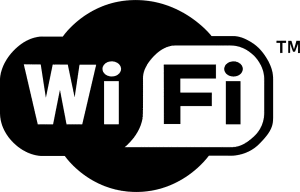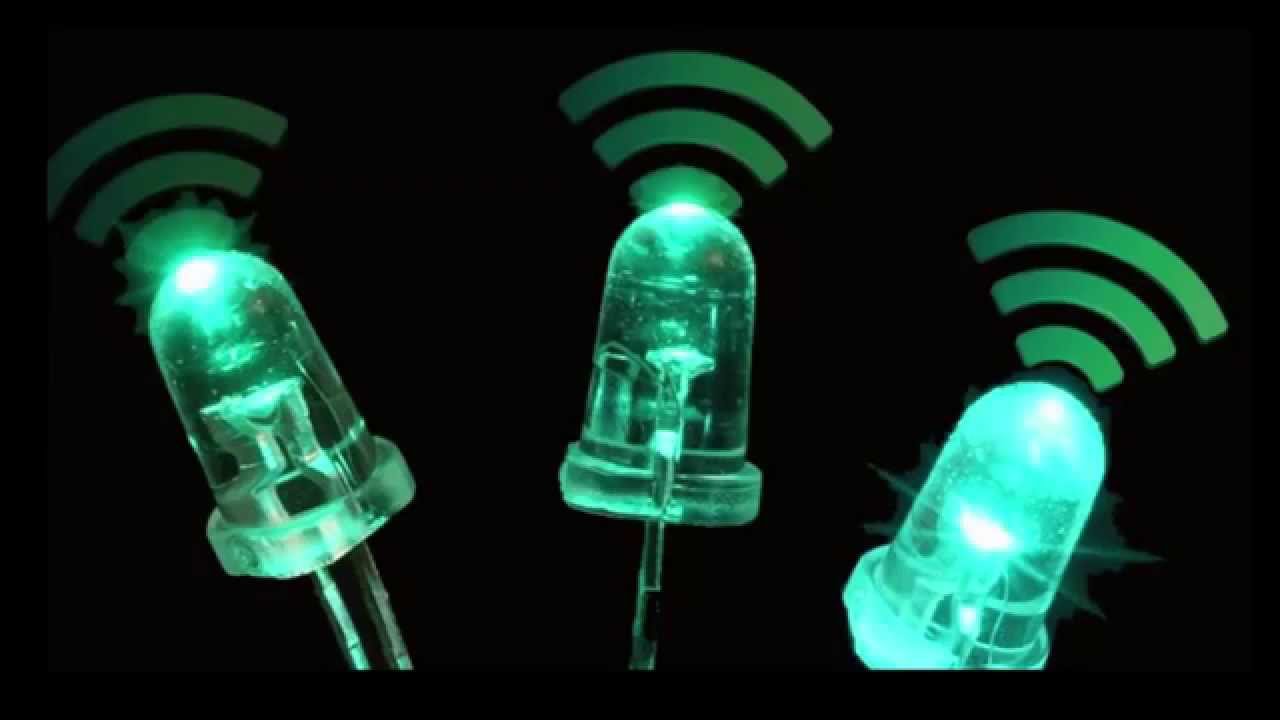Theodore (Ted) S. Rappaport, IEEE Fellow & Founding Director of NYU WIRELESS Talks about Evolution of Wi-Fi to Shanosh Kumar from EFY
Q What will we miss if there is a transition from Wi-Fi to Li-Fi technology; taking into fact that undeniably we will switch? Will IoT devices get a provision to upgrade themselves with this transition or will they find their place in the trash can?
A Lifi will take a while to emerge and will never be a ubiquitous solution, since it can’t solve two fundamental problems. Firstly, light cannot get through solid objects like doors or furniture or clothing. A wireless device in your pocket or purse cannot receive light. Secondly, sunlight will always override the system just like satellites are knocked out by the sun twice a year.
Q How has Wi-Fi changed since it first was invented? What technical/industrial changes had it gone through?
A There has been amazing growth since the world’s first Wi-Fi 26 years ago. Data rates Gabe increased from 1 megabit/second to several Gigabits per second (5000 x faster) and has gone from the factory floor into every smart phone.

Q Tell us about some interesting current applications of Wi-Fi and Internet of things, like driving a car?
A Networks in busses and trains, “cellular to Wi-Fi” networks for enterprise and vehicles, monitoring of vending machines and wireless printers, and early IoT applications.
Q What would be the things you would like to warn internet users about, with respect to evolution of hackers and viruses along with that of Wi-Fi? Will this be a threat to Internet of things based devices/ house-hold appliances also?
A 2026: Wi-Fi will be so much a part of our fabric like pen and paper are today. All entertainment and control of devices and appliances will be over wireless. No cords to connect speakers to your stereo or printers to your computer — all will be wireless and invisible.
Q Please tell us how Li-Fi can be a tough contender to Wi-Fi. Will Wi-Fi sink into oblivion in few years?
A No, Wi-Fi will not sink into oblivion. There will be a clear line of sight or light scattering applications for Li-Fi but will be niche for a decade or more, just like Wi-Fi was niche in factories for the 1980s- 1990s.
Q 5G technology is around now. How can this become a contender to Wi-Fi technically?
A 5G cellular and Wi-Fi will merge as the demand for data skyrockets at over 50% a year and networks will need both.
Q Wi-Fi In space is the next frontier. How can this be accomplished? Interestingly, can we take IoT devices to space?
A Wi-Fi always works in space. The space station has had Wi-Fi for many many years – I worked with NASA on space station Wi-Fi in 2007-08.












